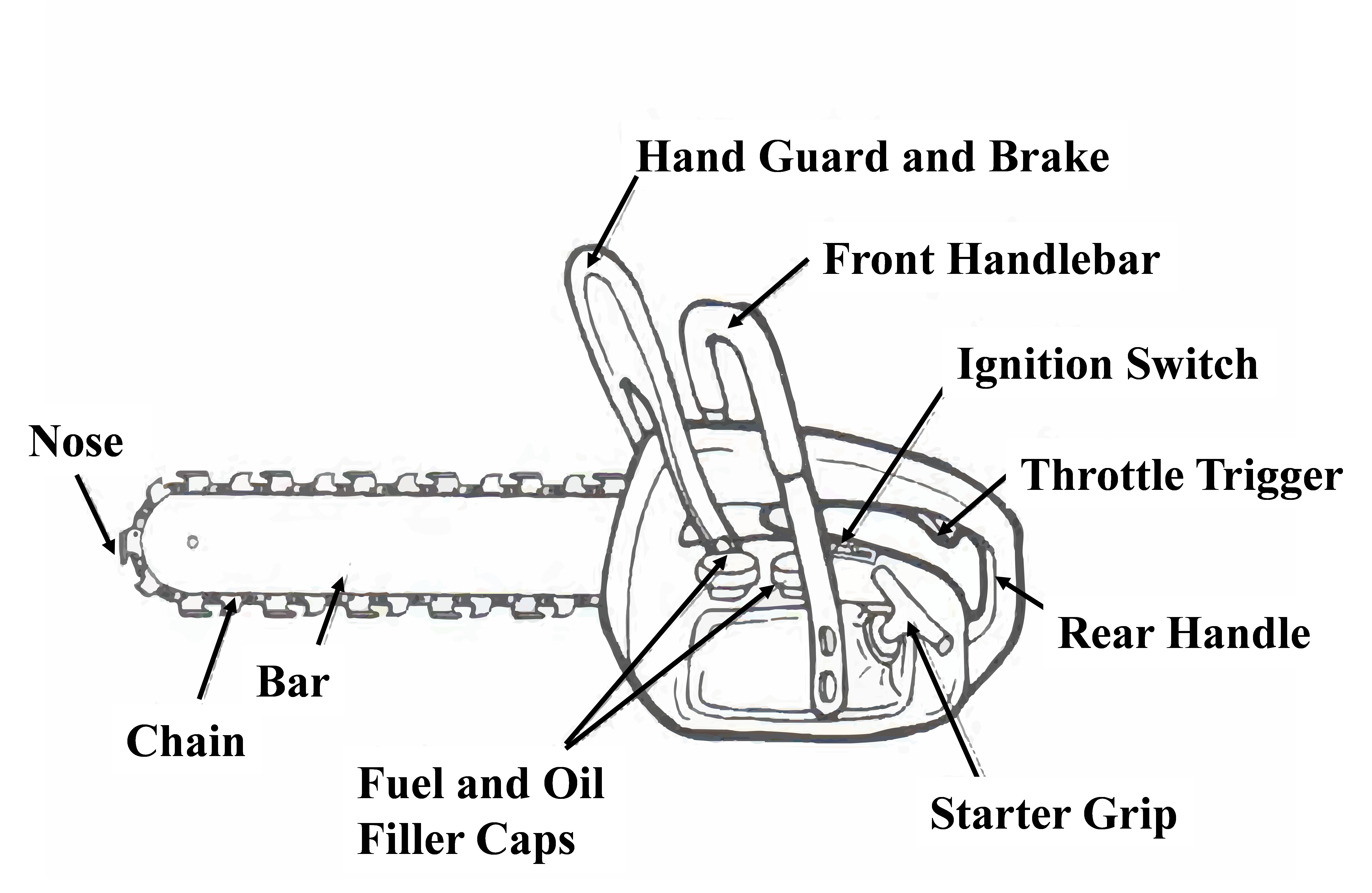Home and Small Farm Equipment Safety
Any equipment on the farm, large or small, may present hazards to workers or bystanders. Some equipment is considered to be “farmstead equipment”, because it is stationary or immobile. However, farmstead equipment, is usually locked in place, but still may have moving parts that pose hazards to workers.
Large and small farm equipment are dangerous and share some hazards in common. They also pose different hazards based on their size.
The purpose of this section is to describe hazards more specific to what is considered “small farm equipment” and offer some tips a farmer/operator might employ to prevent accidents while using this type of equipment. Additionally, we provide tips to home owners to be prepared in case of tornado or residential fire.
Lawn mowers are essential equipment found in many homes with a yard in the United States. They enable homeowners and groundskeepers to comply with municipality codes and maintain neat and good-looking lawns by cutting down grass. Many children and teenagers also earn extra money by mowing lawns during the grass-growing season. However, according to the U.S. Consumer Product Safety Commission (CPSC), a lawn mower can be extremely dangerous if not operated properly.
Do not carry or let children ride on t machine, on any attachment, or in a cart or trailer, even when the blades are turned off. Death or serious injury can occur when young children associate having fun with a lawn mowing machine simply because someone has given them a ride on a machine. Children have been given rides in the past may suddenly appear in the mowing area for another ride and be run over or backed over by the machine.
Weed eaters are useful and commonly used tools. As with all tools careful operation and following appropriate safety tips helps to manage risks and minimize the chances of personal injury.
Tornadoes are mobile, destructive vortexes of violently rotating winds which have the appearance of a funnel-shaped cloud and advance beneath a large storm system. They may appear nearly transparent until dust and debris are picked up or a cloud forms within the funnel, making them deadly. Good warning systems allow citizens to be alerted before a tornado is visible, making safe survival more likely.
The National Fire Protection Association (NFPA) reported that an average of 358,300 home fires per year occurred in the U.S. during the period 2010 to 2014. These fires caused an annual average of 2,560 deaths and 12,720 injuries to civilians. In other words, an average of 7 people died and 34 people were injured every day due to home fires. Home fires resulted in $6.7 billion per year in direct damage. More than 50 Arkansans were among the deaths due to residential fires.
The chain saw (see the figure below) is one of the most efficient and productive portable power tools used in the industry. It can also be one of the most dangerous tools. Operating a chain saw is hazardous. According to the Center for Disease Control and Prevention, each year, approximately 36,000 people are treated in hospital emergency departments for injuries from using chain saws.

Questions?
Contact you local county Extension office